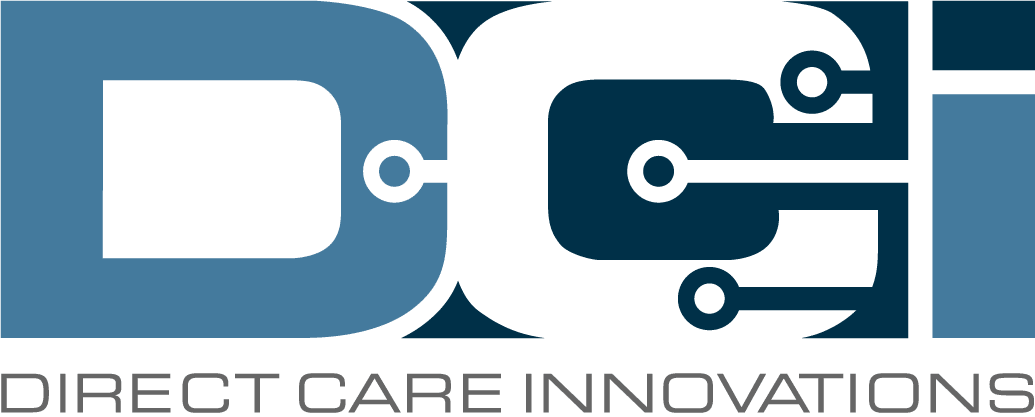The different models of care for Long-term Support and Service (LTSS)
New technologies and legislation have helped inspire better resources for taking care of your loved ones. But with so many options available, it can be hard to keep track of what they all are, let alone decide which one is best. We have found that most of our customers here at DCI fall into one of three categories.
Agency Directed Services
The first model of care for providing LTSS is what we like to call “traditional service providers.” This is when an agency is the employer of record and facilitates and/or coordinates the service delivery.
A Service Provider might provide one or more service types, including home and community-based services, family-based services/foster care/professional parenting, employment/day services, residential services, supported living, etc.
A great example of this is our customer, RISE Services. RISE provides services for people with disabilities including residential settings, day programs, employment assistance, managed care, and home and community-based services in Arizona, Utah, and Oregon. You can read more about RISE here.
We have noticed that many adults with disabilities prefer to receive care from a traditional service provider as opposed to other types of models of care because traditional service providers are full of opportunities. Plus, they usually place a significantly smaller amount of responsibility on the individual receiving care. Many of these agencies have a large selection of services available, as well as a fleet of Direct Support Professionals (DSPs) or other direct care workers ready to provide them with care.
There are a few other things worth noting about traditional service providers. Service Providers are the primary decision maker in the hiring process and assigning employees to different services and clients. Although the individual receiving care may have a seat at the table for these conversations, they will not be the final decision maker when it comes to who is providing them care.
Service providers also usually receive funding directly from a funding source to provide a specific type of service. The funding, which can also be referred to as an authorization, is usually tracked in units such as quarter-hourly, hourly, daily, monthly, etc. So, for example, a service provider may receive 40 units of service each month to provide day services for John Doe. Unfortunately, these funding sources are usually very specific about which services the funds can be used for. If the individual receiving care wants more autonomy, they might benefit from working with a fiscal intermediary.
Consumer-Directed Services
On the other end of the spectrum, we have “consumer-directed services.” When an individual chooses consumer directed services, the usually work with a Fiscal Intermediary to help manage their funds and pay their caregivers. Fiscal Intermediaries are also known as Fiscal Agents or Financial Management Service Providers. In this model, the agency is not the employer of record, or, in other words, the agency is not the party responsible for finding and paying the individuals to provide care to the person with the disability.
Usually, with fiscal intermediaries, the participant (aka the person receiving care) or their guardian or family member is the employer of record. When we say employer here, we mean the person (or party) that is responsible for coordinating services for the individual receiving care (participant) and also finding professionals that are able to provide those services (employees). They are also responsible for paying their employees, although many states will help provide funding for this if the individual receiving care qualifies for disability.
In consumer-directed services, the service type is always 1:1 (one employee working with one participant) and can be delivered in any location (home, community, work, etc.). The participant is also the one that manages the funding, which is usually tracked in dollars rather than units. The Fiscal Intermediary is responsible for tracking authorization available versus consumed, billing the funding source, and paying the employees.
Agency Directed/Consumer Directed Hybrid
The final model of care for LTSS is a hybrid that includes elements of both traditional agency directed and consumer-directed services. Because of this, there are infinite variations of the above. However, most of the hybrids we come across are usually pretty similar. Here is an example of how a hybrid might be structured:
- An individual receiving care has chosen a self-directed services model.
- That individual get funding through a regional funding center in California, who then refers them out to agencies like this one.
- If this agency accepts the client, they become responsible for providing the client with caregivers and facilitating billing and payroll.
- The agency is the employer of record, but the individual receiving services often brings caregivers to be employed by the agency and has the final say on who their caregivers are.
- The individual (or a designated representative) manages their own care and is ultimately responsible for tracking and managing authorizations. They are also responsible for covering the difference if they happen to over provide to themselves.
Whichever one of these models of care most applies to you, DCI Software wants to help make your life easier. Schedule a demo of our software.

